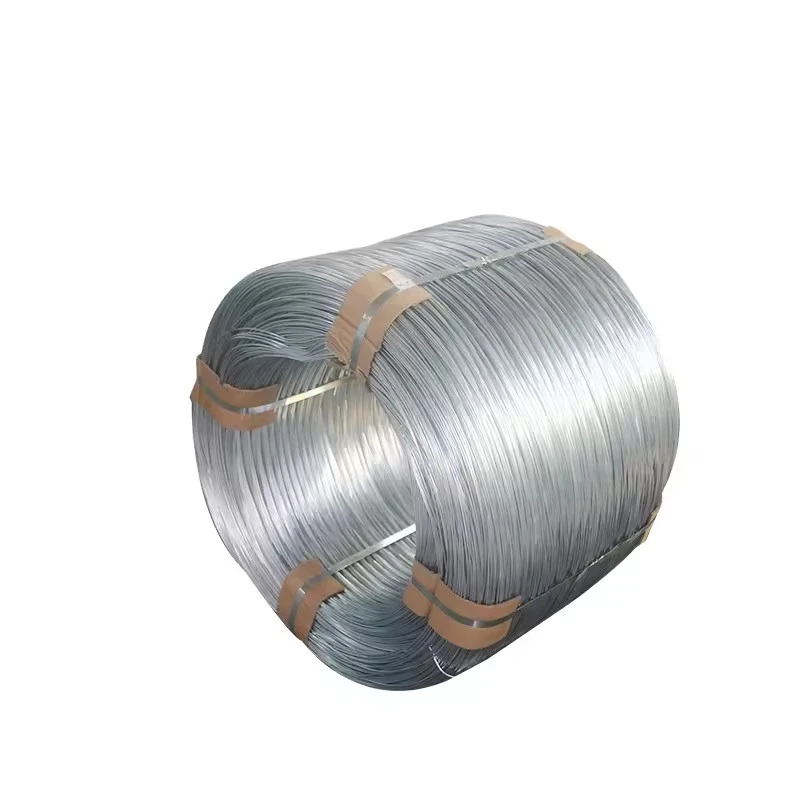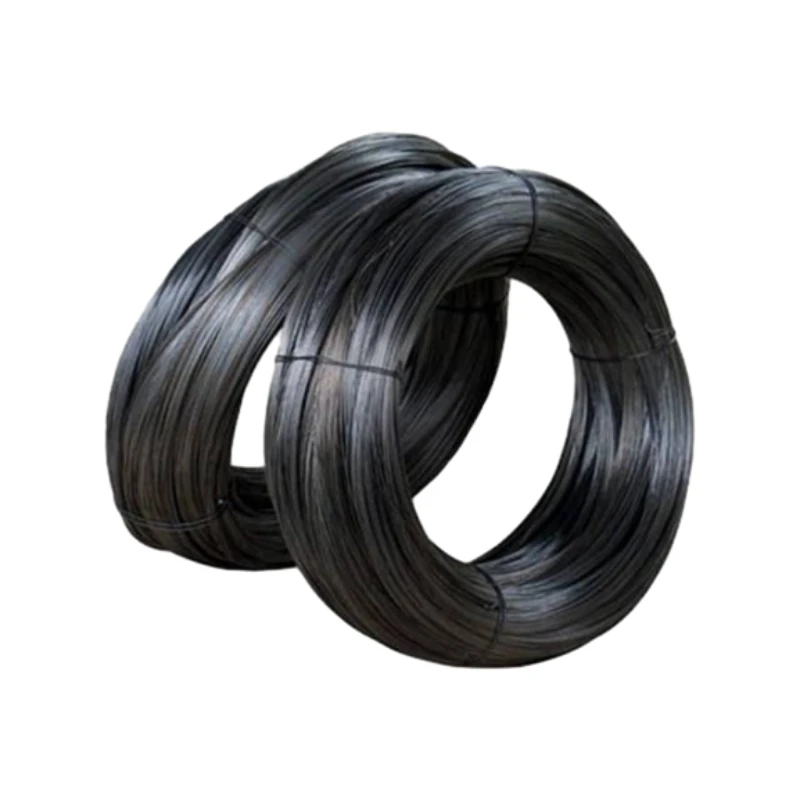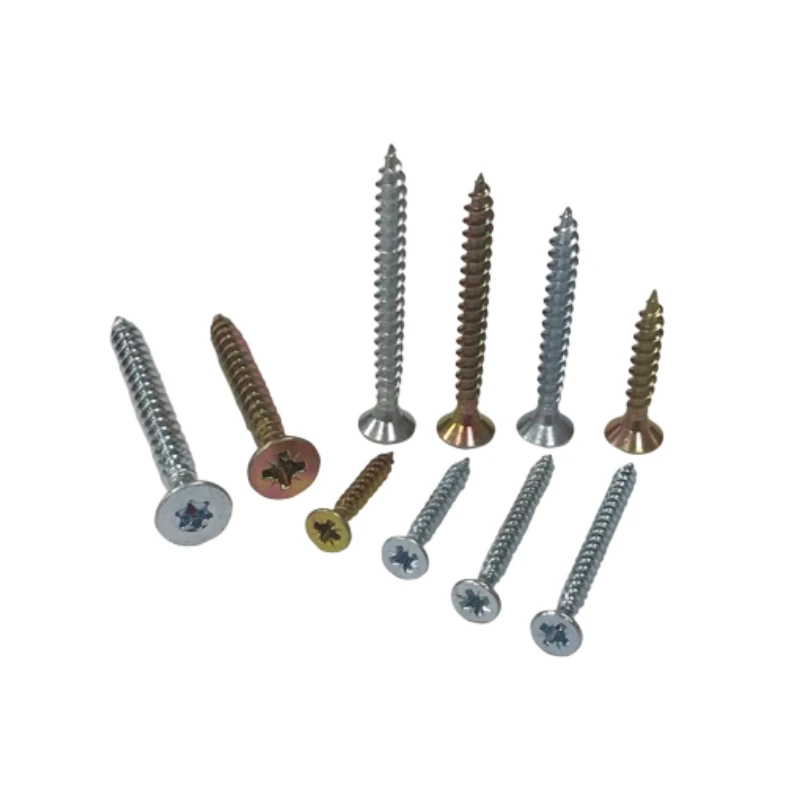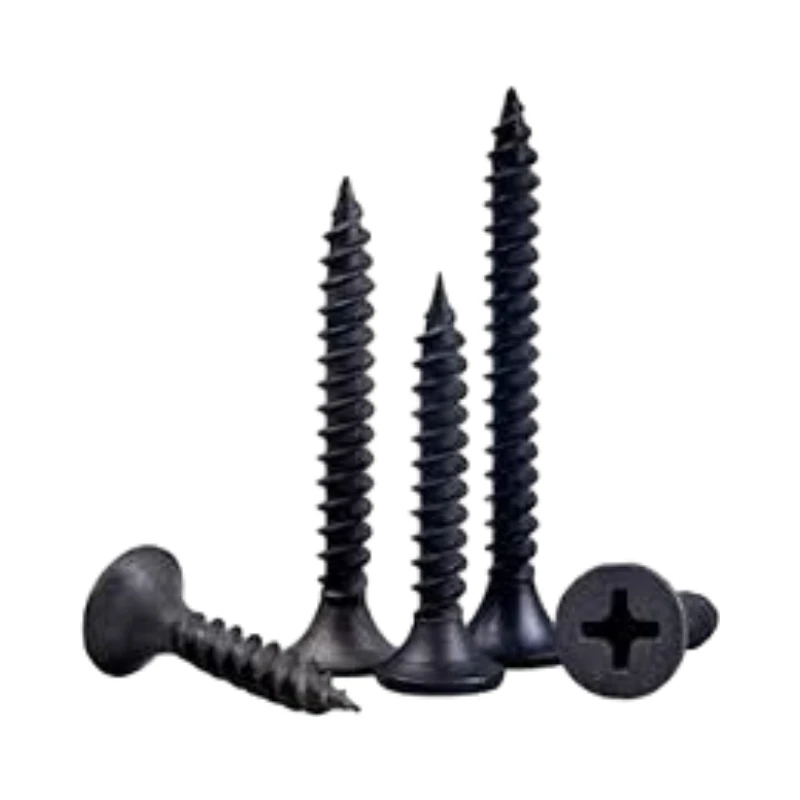
Talk With Us
+86-13601661296
Email Address
admin@sxjbradnail.comMasonry Brad Nails: Durable Fastening Solutions for Modern Construction
Understanding Masonry Brad Nails: Essential for Modern Construction
When you think about the small but mighty components that hold buildings together, masonry brad nails might not be the first thing that comes to mind. Yet they play a surprisingly crucial role in construction, especially in masonry and concrete applications. Their global relevance is rooted in increasing urbanization, especially in regions embracing rapid infrastructure growth, plus the expanding demand for durable and efficient fastening solutions.
These tiny fasteners unlock stronger, safer masonry structures while improving build speed and reliability. So, understanding them goes beyond mere hardware—it’s about advancing construction quality worldwide.
The Global Context: Why Masonry Brad Nails Matter More Than Ever
With urban populations projected to hit nearly 5 billion by 2030 according to the UN’s urbanization forecasts, the world faces enormous pressure to deliver housing and infrastructure fast, safe, and economically. Masonry brad nails are a small but integral part of this puzzle. They ensure bricks, stones, or blocks are firmly held during construction phases or when attaching trim work and finishing materials.
Consider this: ISO standards for building fasteners highlight the importance of durability and corrosion resistance—qualities essential in masonry nails to withstand harsh environmental factors. Without proper fastening, masonry joints risk weakening under stress, leading to structural failures that cost dearly, both financially and in human terms. That's the global challenge masonry brad nails help solve.
What Exactly Are Masonry Brad Nails?
Simply put, masonry brad nails are slender, small-gauge nails designed specifically to work with masonry materials like brick, stone, and concrete. Unlike typical wood brads, they are often coated or manufactured from hardened steel alloys to penetrate or hold without bending or breaking. They’re sort of the unsung heroes of attaching wooden trims, lathes, or wire mesh to concrete walls or stone surfaces during construction.
On a larger scale, these nails help industries advance modern designs — think of earthquake-resistant housing or flood-resistant foundations — where fastening components securely is non-negotiable. Plus, in humanitarian settings, such as quick-build shelters post-disaster, these nails simplify assembly, saving critical time.
Key Factors That Define Masonry Brad Nails
1. Durability
These nails are commonly galvanized or stainless steel to prevent rust, especially in damp climates or outdoor use. Durability means your fasteners stay reliable for decades, avoiding costly repairs.
2. Size and Gauge
Masonry brad nails are typically thinner than regular nails — often around 18 to 23 gauge — giving better control in delicate masonry surfaces without causing cracking.
3. Coating and Corrosion Resistance
From epoxy coatings to vinyl dips, these treatments protect nails from oxidation, which is vital when fastening onto porous stone that traps moisture.
4. Compatibility with Nail Guns
Using a pneumatic or electric nail gun specially designed for masonry brads makes installation quicker and safer for workers, reducing fatigue in large projects.
5. Holding Power
Optimized shank textures or ringed designs significantly enhance grip, ensuring even vibrations or shifting walls don’t loosen nails.
| Feature | Specification |
|---|---|
| Material | Hardened Steel, Galvanized or Stainless |
| Coating | Epoxy, Vinyl, or Zinc Galvanization |
| Length | 15 mm to 40 mm (0.6″ to 1.6″) |
| Gauge | 18 – 23 gauge |
| Application | Fastening trims, lathes, wire meshes to masonry |
| Compatible Tools | Pneumatic/Electric Nailers for masonry brads |
Mini takeaway: Masonry brad nails pack a punch despite their size—engineered thoughtfully for durability, ease, and specialized applications.
How Masonry Brad Nails Are Used Globally
From sprawling skyscrapers in Asia to affordable housing projects in Africa, masonry brad nails show up everywhere. In industrial zones powered by rapid automation—Japan or Germany, for example—precision application of masonry nails is vital for notification systems and safety installations along factories.
Post-disaster reconstruction projects, like those after the 2010 Haiti earthquake, depended heavily on quick, durable fastening methods to rebuild shelters that could withstand future storms. Masonry brads ensured trims and panels stayed fastened while crews worked swiftly with minimal tools.
In Europe’s heritage building renovations, these nails offer a delicate touch, fastening supports without damaging fragile stonework. Oddly enough, something as small as these nails can help preserve centuries-old architecture.
Mini takeaway: Whether modern industrial construction, humanitarian relief, or cultural preservation, masonry brad nails adapt to a wide spectrum of needs.
The Advantages and Long-Term Value of Masonry Brad Nails
- Cost efficiency: They reduce labor time and minimize material wastage.
- Reliability: High-quality nails reduce maintenance frequency and risks of injury from structural failures.
- Environmental impact: Longer-lasting fasteners mean fewer replacements and waste.
- Social impact: Safer homes foster dignity and peace of mind for occupants.
- Innovation: The development of coatings and new materials shows promising eco-friendly future trends.
In real terms, choosing the right masonry brad nails means investing in safety and trust both for builders and occupants. And that emotional aspect — knowing something small contributes to bigger security — is underrated.
What’s Next? Future Trends and Innovations in Masonry Brad Nails
I’ve noticed a clear shift to green materials and coatings. Some manufacturers experiment with biodegradable polymers combined with metal composites for reduced environmental footprint without sacrificing strength. Artificial intelligence and robotics are also appearing in automated fastening, optimizing nail placement and minimizing human error.
Digital transformation promises “smart nails” with embedded sensors to detect stress or corrosion over time — a sort of preventive maintenance on the microscopic level. It almost feels sci-fi, but given the strides in construction tech, not far off.
Common Challenges and How Experts Address Them
Challenges include nail bending in extremely dense masonry and corrosion in marine or highly acidic environments. Innovators tackle this via stronger alloys and multi-layer coatings tested under ISO 9227 salt spray standards to simulate sea or industrial conditions.
Another hurdle is compatibility with electric nailers, which sometimes jam on coated nails. Newer machines with adjustable feed mechanisms greatly alleviate this, paired with optimized nail collations.
FAQ: Quick Answers to Practical Questions About Masonry Brad Nails
- Q: Can masonry brad nails be used on concrete blocks without pre-drilling?
- A: Generally, small masonry brad nails can fasten trims or lathes to concrete blocks without pre-drilling, but for thicker or denser blocks, pre-drilling ensures better holding and reduces nail damage.
- Q: How long do galvanized masonry nails last outdoors?
- A: Properly galvanized masonry brads can last 15-20 years outdoors, depending on climate. Coastal or industrial areas may shorten this due to harsher conditions.
- Q: Are stainless steel masonry brads worth the extra cost?
- A: For areas exposed to moisture or corrosive environments, yes. Stainless steel’s corrosion resistance extends longevity and reduces maintenance.
- Q: What type of nail gun is compatible with masonry brads?
- A: Pneumatic or electric nailers specifically designed to handle fragile thin-gauge masonry brads ensure efficient installation and minimize jamming.
Conclusion: Small Components, Big Impact
Masonry brad nails are unsung cornerstones of solid construction. Their impact reaches beyond mere fastening — it’s about building trust through durability and innovation globally. If you’re in the building trade or just curious about what holds the walls together, these tiny nails deserve a closer look.
For more insights, and detailed product options, check out masonry brad nails at our website — discovering small parts that make big projects happen.
| Vendor | Material Quality | Coating Options | Price Range (per 1000 nails) | Global Availability |
|---|---|---|---|---|
| SXJ Staples Co. | High-grade galvanized steel | Epoxy, Vinyl dip, Zinc | $35 - $45 | Asia, Europe, Americas |
| BuildFast Nails Ltd. | Stainless steel alloys | Zinc coating only | $40 - $50 | Mostly Europe, North America |
| NailPro Industries | Galvanized mild steel | Epoxy only | $30 - $40 | Asia, Middle East |
Final thought: Next time you pass a brick wall or stone facade, remember there’s a lot more holding it together than mortar — sometimes, it’s just a small brad nail doing the heavy lifting.
References:
-
T47 Nail: The Ultimate Guide to Industrial and Construction ApplicationsNewsNov.22,2025
-
Everything You Need to Know About T Head Brad Nails | Global Fastening SolutionsNewsNov.22,2025
-
T Brad Nails – Precision Fasteners for Fine Woodwork & Industry ApplicationsNewsNov.22,2025
-
Straight Brads: The Small Fastener with Big Global Impact | SXJ StapleNewsNov.21,2025
-
The Essential Guide to Straight Brad Nails for Modern Construction and DesignNewsNov.21,2025
-
Essential Guide to Steel Brad Fasteners: Uses, Specs & TrendsNewsNov.20,2025









